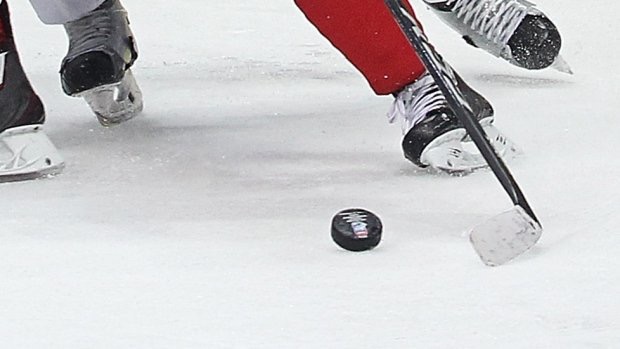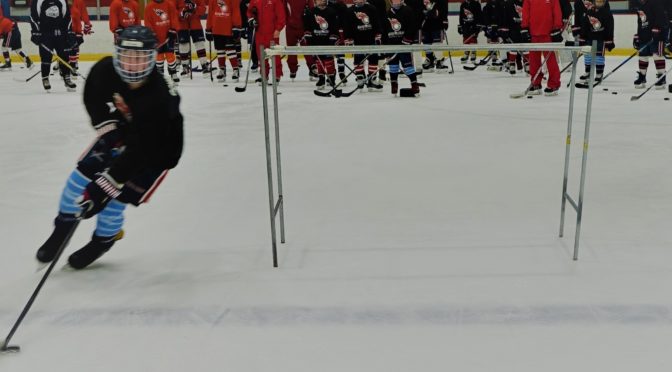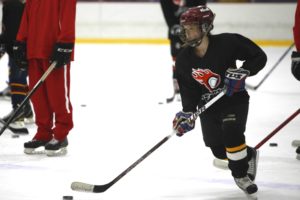11
April
First Pitch, Last Snow & Summer Hockey
Posted by Greg Carter
This spring we’ve seen the first pitch of America’s summer pastime lead to games being postponed because of snow; and wow, have we seen snow! So what has the weather and baseball taught us about hockey? Well, just as we saw at the NCAA Frozen Four, to be prepared for anything.
As the commentators described how the Bulldogs were lucky to even get into the NCAA tournament with the last at-large bid – ironically via an overtime win by Notre Dame who they eventually beat for the National Championship – I was reminded of many times in sports when an unexpected opportunity presented itself, and the outcome being squarely rooted in being prepared.
Just like the UMD team was prepared to make the most of the opportunity to play in the NCAA’s, players themselves need to be ready for the unexpected. When the chance presents itself to fill in on the power play, will you be ready? When your linemate gives you the perfect no-look pass on the tape, will you bury it? When the coach calls your number in the shootout with the game on the line, do you have a ‘go-to’ move or a sure-fire shot?
Even though I wasn’t ready for all of the snow this winter, or what I thought would be a nice little late-season snowfall that lead to a dreadful blast in mid-March, and ended with what we can only hope is a final kick in the teeth last week, I am ready now, with a snowplow large enough to blow out three lanes of interstate highway in a single pass.
Like our unexpected battles with Mother Nature this winter, UMD’s unexpected birth in the NCAA’s and the boy’s of summer having snow delays, hockey players need to always be ready for what the game presents.
We hope you take advantage of the opportunity to train with us this summer. Our hockey camps have locations in 10 states and specialize in key areas of skill development that we call the CARTER METHOD. This includes the fundamentals of skating, stick handling, and shooting, and we teach in a way that builds confidence and leads to continuous improvement. Control, Agility, Reflex, Technique, Edge and Retention.
Our talented and knowledgeable staff is eager to answer your questions and help you prepare for next season, as well as the next time the unexpected opportunity presents itself. Because when it’s your turn to shine, great teams and great players are prepared, confident and ready to perform!







 Subscribe
Subscribe Subscribe
Subscribe




